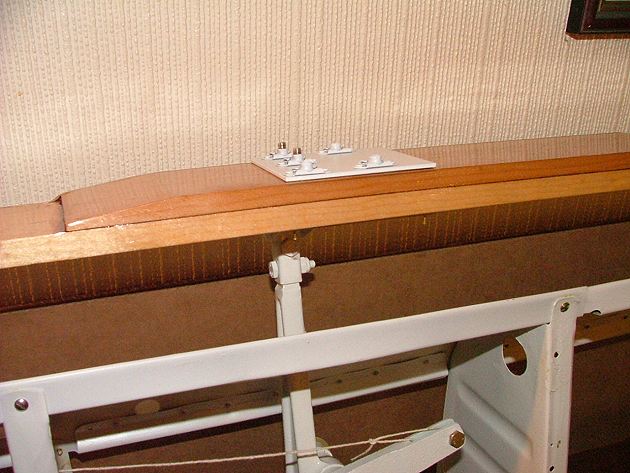I have noticed recently quite a bit of play in both ailerons on my '46 BC12D. This seems to be between the bracket that attaches to the aileron and the aileron itself where there are bolts that go into the aileron to hold the bracket on. The bolts are difficult to access too tighten without pulling the ailerons. I am also not sure if its a plate or nuts that are on the other side of the bolts behind the fabric inside the ailerons. I do not have any inspection holes on the ailerons.
My father who used to own the plane, told me the previous owner to him told my father the ailerons are suppose to be loose and don't listen to anyone that says otherwise. This is all new to me so I thought I would check and see if anyone else has run into this. I can get pictures tomorrow if it is helpful.
My father who used to own the plane, told me the previous owner to him told my father the ailerons are suppose to be loose and don't listen to anyone that says otherwise. This is all new to me so I thought I would check and see if anyone else has run into this. I can get pictures tomorrow if it is helpful.



Comment